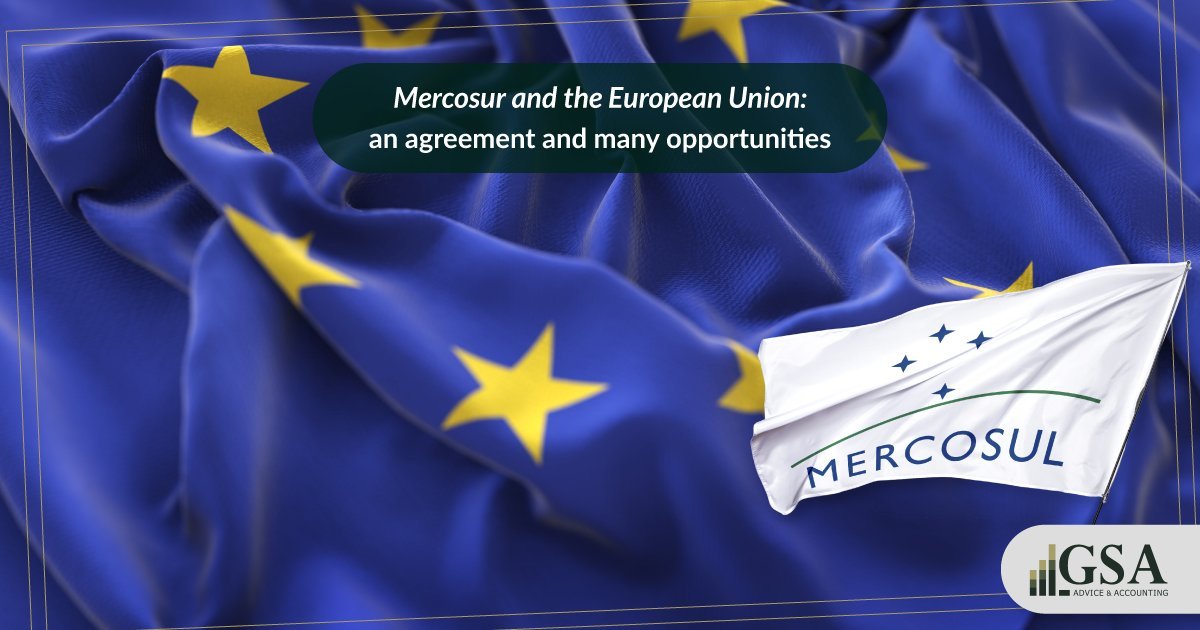The agreement between Mercosur and the European Union (EU) will give rise to one of the largest areas of free trade in the world. Together, the economic blocks account for approximately 25% of the world economy and a market of 780 million people. Considered the largest free trade agreement in history, it will eliminate import tariffs for more than 90% of the products marketed between the blocks and apply preferential import quotas with reduced tariffs to products whose tariffs are not eliminated right away. The process of tariffs’ elimination is expected to be carried out over 15 years, a period that may vary according to each product and begins to be counted as soon as the deal comes into force.
The favouring of trade will be beneficial for various sectors, such as the agricultural one. The world’s largest agricultural importer is the European Union, and the second largest supplier of agricultural commodities to the European market is Brazil. With the new agreement, agricultural commodities that occupy a relevant position in Brazilian production such as fruits, fishes, vegetable oils and coffee will have their tariffs eliminated according to their respective deadlines within the tariff elimination process and therefore may gain even more market in the 27 EU member states.
Aiming to facilitate the integration of small and medium-sized enterprises into global value chains, the deal provides them specific benefits. These companies shall enjoy participation in government procurement, joint ventures, training programs, partnerships, business networks, among others.
European producers also thrive on the partnership that generates numerous business opportunities. The automotive sector, for example, is expected to increase its revenue due to the annual import quota of European vehicles to Mercosur countries, only to Brazil will be exported 32,000 European vehicles with tariffs equivalent to half of its original value for seven years. After this period, begins the tariff reduction process that will last for the following eight years so that the tariff is extinguished at the end of the 15-year period.
Although there is still a long path for the agreement to come into force, due to the procedure of approval by the national parliaments and governments of the 31 countries involved, its prospects are favorable.
According to estimates by the Ministry of Economy, the cooperation between Mercosur and the EU will increase Brazilian GDP by US$ 87.5 billion in these 15 years, a figure that could reach US$ 125 billion when considering the reduction of non-tariff barriers and the expected increase in productivity. The increase in investments in Brazil, in the same period, is expected to be the equivalent to US$ 113 billion while in terms of bilateral trade, Brazilian exports to the EU are expected to show gains of almost US$100 billion by 2035.
Sources: Câmara de Comércio Exterior (Camex); Valor Econômico; itamaraty.gov.br;

